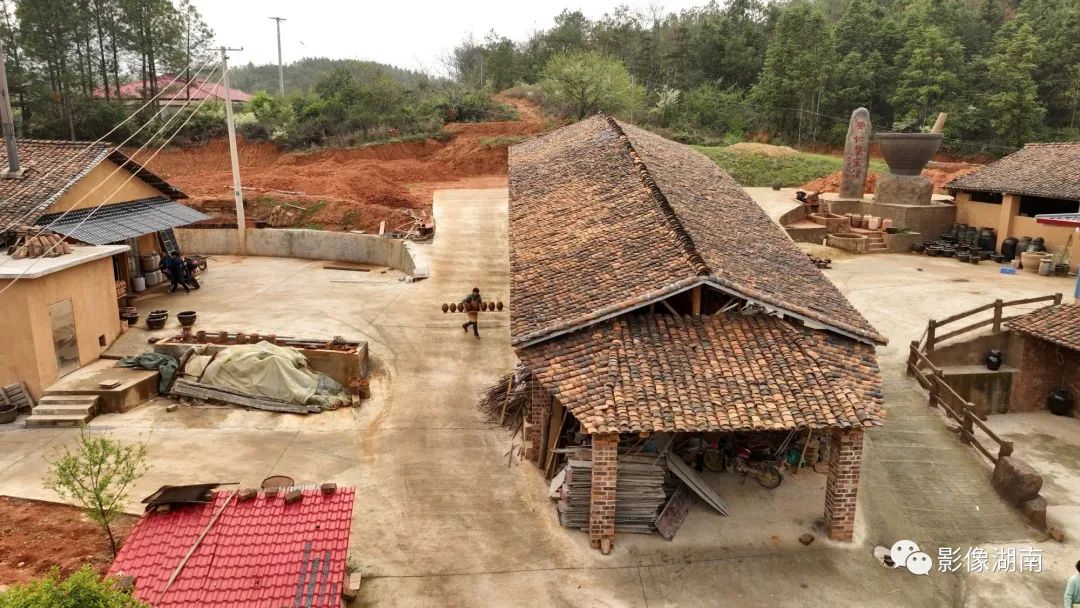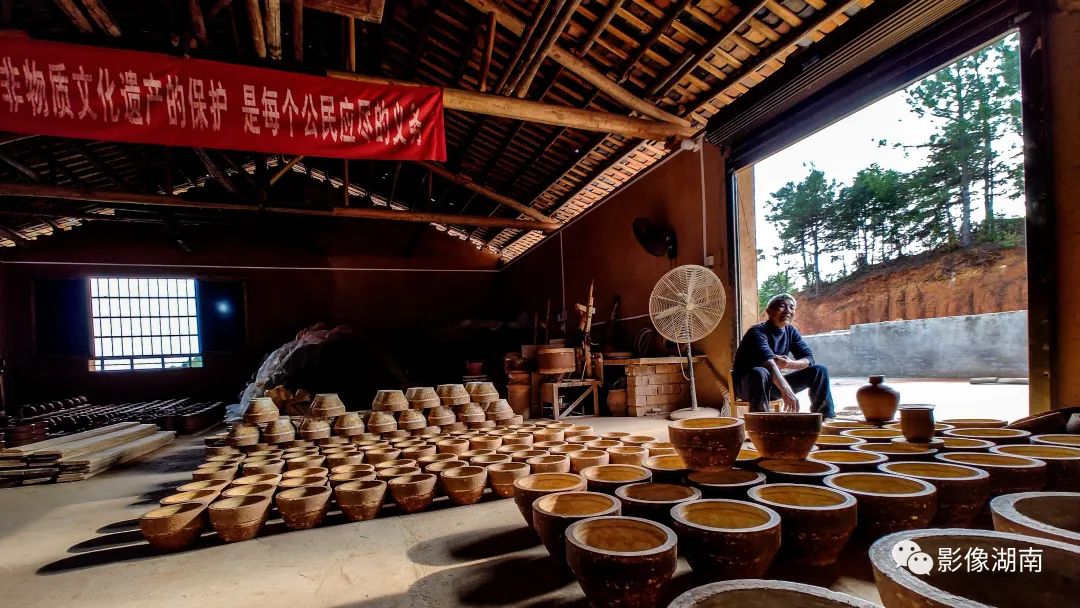Earthenware craft protected and inherited in Anren County
2023-04-05
Earthenware is a traditional craft with a history of nearly 600 years in Anren County.
From 1970s to 1980s, there were more than 60 earthenware factories in Anren County, most of which were in Yangji Township.

In recent years, with the wide use of other materials for utensils, people buy less earthenware products than before.
Today, Li Gongming is the only one who sticks to this craft. He is also the representative inheritor of earthenware craft as an intangible cultural heritage item of Chenzhou City.
Li Gongming is 66 years old now. He started to learn the craft from his grandfather when he was 11.
Anren Earthenware Craft was included on the list of the Chenzhou Intangible Cultural Heritage in 2012, and Li Gongming became the representative inheritor.

At present, the Earthenware Bowl Factory is the practice base for protecting and inheriting this local intangible cultural heritage, where many students go to experience earthenware craft on holidays.
His earthenware bowl, water vat, wine jar and earthenware pot are very popular with the people.
Li Gongming hopes that some local young people can inherit his “gold rice bowl”.
The earthenware craft with a long history has profound foundation and rich aesthetic connotations.
And due to the characteristic culture, unique patterns and decorating techniques, it is a distinctive craft in the Chinese art history and artifact history.

The way of loading a firewood kiln also affects the final firing effect. Before loading the kiln, one should be very clear about the property of the kiln, the trend of the overall kiln flame, and imagine the flame flowing in the kiln.
The earthenware objects can be made to be used in people’s daily life only through a rigorous and complex process.
In recent years, Anren County has strengthened its efforts to protect the intangible cultural heritage, and introduced protective measures for traditional skills, folk customs, so as to better protect and inherit the intangible cultural heritage.




